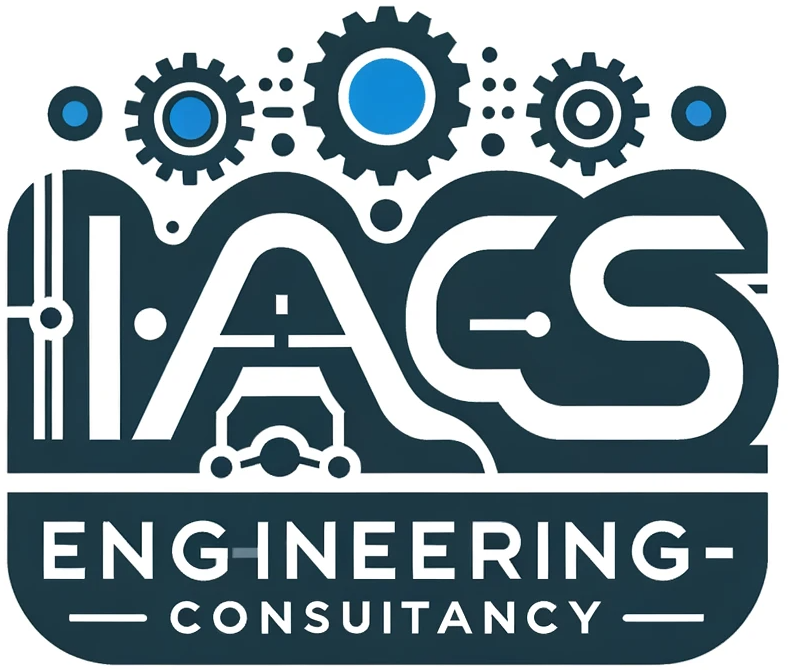In the ever-evolving landscape of the Industrial Internet of Things (IIoT), the Open Platform Communications Unified Architecture (OPC-UA) stands as a beacon of innovation and interoperability. This advanced protocol has redefined how industrial systems communicate, breaking down barriers and ushering in a new era of efficiency and connectivity.
The Core of OPC-UA:
OPC-UA is more than just a communication protocol; it’s a comprehensive framework designed for secure, reliable, and scalable information exchange in the industrial domain. At its core, OPC-UA offers:
Platform Independence:
- Unlike its predecessors, OPC-UA is not tied to any single operating system or programming language, ensuring seamless integration across diverse platforms.
Enhanced Security:
- With built-in security features such as encryption, authentication, and authorization, OPC-UA provides robust protection against cyber threats, a crucial aspect in today’s interconnected world.
Information Modeling Capabilities:
- OPC-UA goes beyond mere data exchange. It allows the creation of sophisticated data models which can represent the complex structure and relationships within industrial systems.
OPC-UA Mapping Sheet:
An OPC UA mapping sheet helps translate data between your client application and the OPC UA server. Here’s what you should include:
OPC UA Server Information:
- Server Name/Address: Identify the OPC UA server you’re connecting to.
- Namespace URI: Define the namespace used by the server’s address space.
Data Mapping:
| Client-Side Data | OPC UA Node | Data Type | Description | Read | Write | Notes |
|---|---|---|---|---|---|---|
| Descriptive Name (e.g., “MotorTemperature”) | Node Identifier (BrowsePath or NodeId) | OPC UA Built-in or Custom Type | Brief description of the data | Yes/No | Yes/No | Additional comments (e.g., Units) |
- Client-Side Data: This is the name you’ll use for the data in your application.
- OPC UA Node: Specify how to identify the data point in the server’s address space. You can use either:
- BrowsePath: A human-readable path to navigate the address space (e.g., “Objects/Machine1/Motor/Temperature”).
- NodeId: A unique identifier for the node within the server.
- Data Type: Define the data type of the variable on the server. This should match the corresponding type in your application (e.g., Double for temperature). You can use built-in OPC UA data types or custom types defined on the server.
- Description: Briefly describe the purpose of the data point.
- Read/Write: Indicate whether you want to read data from the server (Yes/No) and/or write data to the server (Yes/No).
Additional Information:
- Sampling Rate: If applicable, specify the desired frequency for reading data from the server.
- Units: Clarify the measurement units for specific data points (e.g., °C for temperature).
- Security Settings: If using secure communication, note any relevant security details (e.g., certificate information).
Tips:
- Use a separate sheet for each OPC UA server you connect to.
- Maintain the mapping sheet alongside your application code for easy reference.
- Consider using version control for the mapping sheet to track changes.
OPC-UA in IIoT Applications:
In the realm of IIoT, OPC-UA serves as the backbone for communication and data exchange. Its significance includes:
Facilitating Machine-to-Machine Communication:
- OPC-UA enables various machines and devices to communicate and share data seamlessly, forming the basis for advanced automation and control strategies.
Bridging the IT and OT Divide:
- By providing a common language, OPC-UA bridges the gap between Information Technology (IT) and Operational Technology (OT), enabling a cohesive and integrated industrial environment.
Enabling Predictive Maintenance and Analytics:
- With its ability to handle large volumes of data from multiple sources, OPC-UA is instrumental in predictive maintenance strategies and advanced analytics, leading to reduced downtimes and optimized performance.
Case Studies:
Several industry leaders have successfully implemented OPC-UA in their IIoT initiatives. For instance, [Company Name] utilized OPC-UA to integrate their diverse range of manufacturing equipment, resulting in a 20% increase in production efficiency. Another example is [Another Company], which leveraged OPC-UA for real-time data collection and analysis, significantly enhancing their predictive maintenance capabilities.
Future of OPC-UA:
The future of OPC-UA in IIoT is not just promising; it’s already unfolding. With the advent of Industry 4.0, OPC-UA is poised to become the standard for industrial communication, driving innovations like digital twins, smart factories, and advanced robotics.
Conclusions:
OPC-UA stands at the forefront of the IIoT revolution, offering unparalleled flexibility, security, and efficiency. Its role in shaping the future of industrial communication and automation cannot be overstated. As industries continue to embrace IIoT, OPC-UA will undoubtedly play a pivotal role in this transformative journey.
Contact Us:
For expert advice and implementation of OPC-UA in your IIoT strategy, contact IACS Engineering. Let’s unlock the full potential of your industrial systems together.
